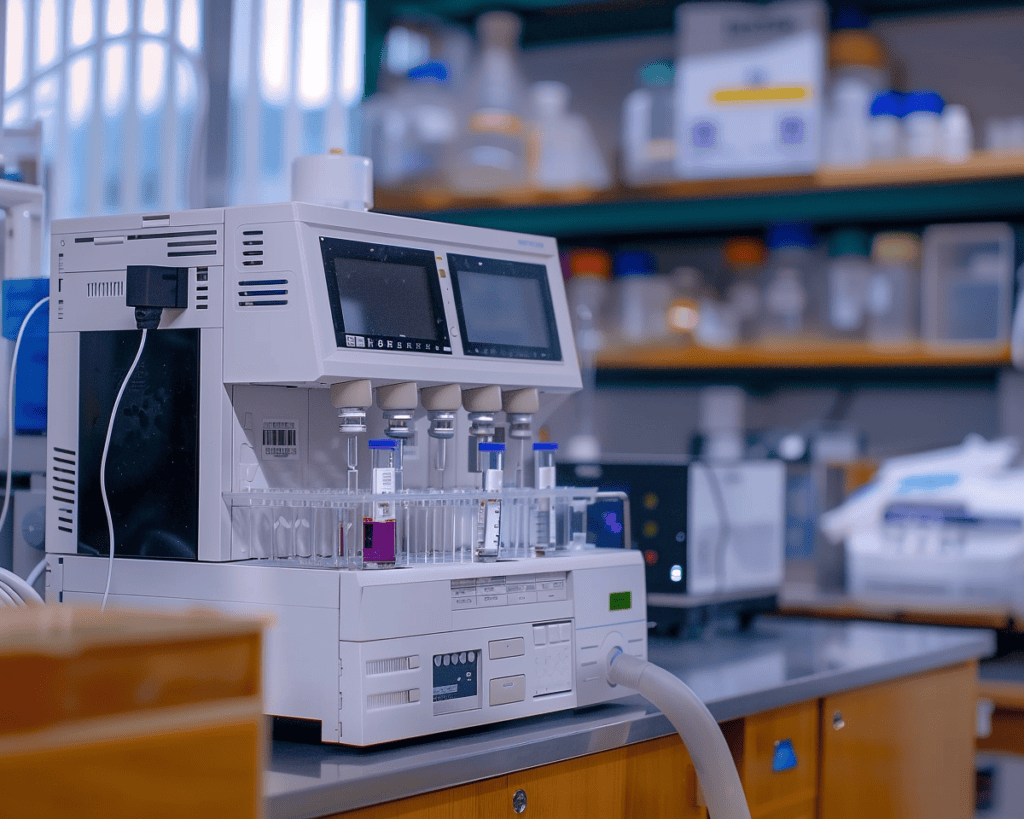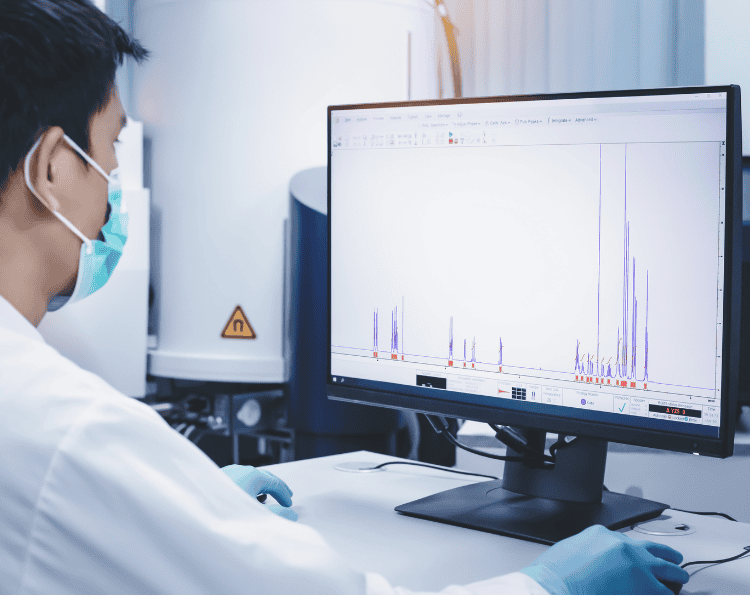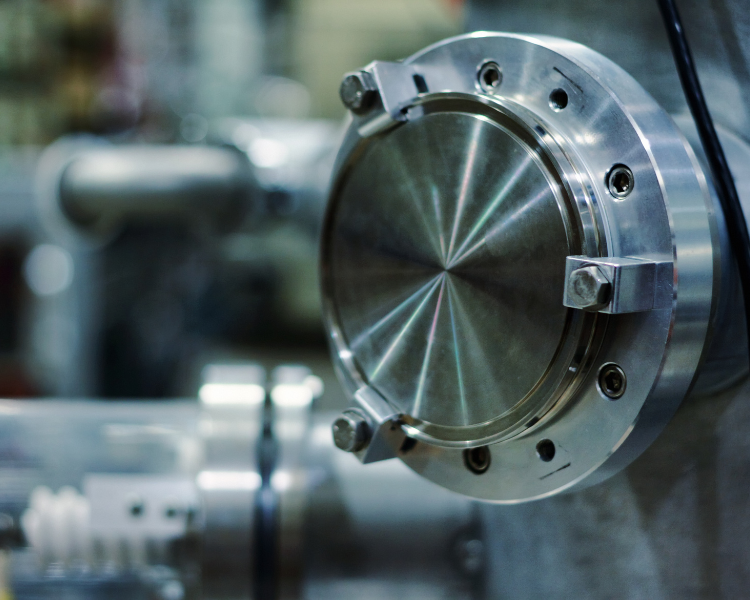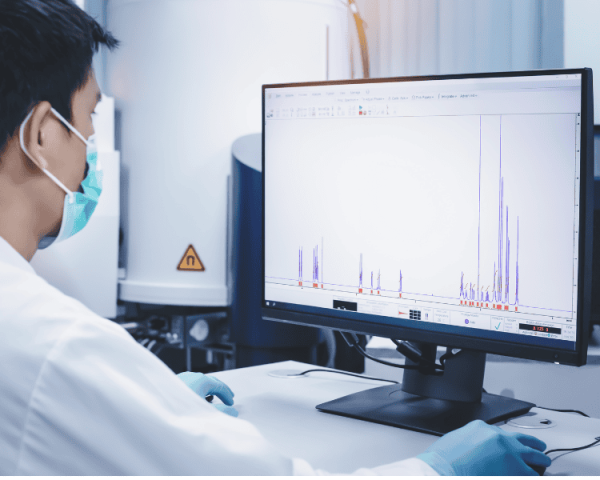Mass spectrometry is one of those terms that pops up a lot in scientific circles. If you’ve ever wondered why it’s often labeled as a “destructive technique,” you’re not alone. This label can be a bit confusing, especially if you’re new to the field or if you’re trying to decide whether mass spectrometry is the right tool for your research. So, let’s dive into what makes this technique “destructive” and why that matters.
What Exactly Is a Destructive Technique?
First off, what do we mean by a “destructive technique”? In the world of analytical chemistry, a destructive technique is one that alters or consumes the sample during analysis. This means that after the analysis, the sample is, well, gone. You can’t use it again. This is different from non-destructive techniques where the sample remains intact and can be analyzed multiple times or used in further research.
Now, I know what you might be thinking—why would anyone want to destroy their sample? That’s a fair question. The short answer is that sometimes, the insights gained from a destructive technique like mass spectrometry outweigh the loss of the sample. But is it always the best choice? That’s something to consider carefully.

How Does Mass Spectrometry Work?
Before we get into why mass spectrometry is destructive, let’s briefly touch on how it works. Understanding the process can shed light on why your sample won’t be coming back to you after it’s been analyzed.
Ionization
The first step involves ionizing the sample. This means that the sample’s molecules are converted into charged particles, or ions. This process typically requires a lot of energy, which can cause the molecules to break apart.
Mass Analysis
These ions are then separated based on their mass-to-charge ratio. This helps in identifying what’s in your sample—think of it as sorting out different puzzle pieces.
Detection
Finally, the ions are detected and measured, resulting in a spectrum that tells you what components were in your sample.
Why Is Mass Spectrometry Considered Destructive?
Okay, now let’s get to the heart of the matter—why is mass spectrometry destructive? There are a few key reasons.
The Ionization Process
During ionization, the molecules in your sample are often broken down into smaller fragments. This isn’t something that can be reversed. The original molecules are destroyed, which means the sample is no longer in its original form.
Sample Consumption
The amount of sample used in mass spectrometry is typically small, but it’s used up entirely. Once the analysis is complete, there’s nothing left of the original sample to work with.
Energy Input
The energy required to ionize the sample is so high that it causes the molecular structure to break down. This breakdown is why the technique is destructive—the sample is effectively obliterated in the process.
No Recovery After Analysis
Once the ions have been generated and detected, that’s it. The sample can’t be recovered or reused, which is a big deal if your sample is rare or expensive.
So, what do I think of that? It’s both a blessing and a curse. On one hand, you get incredibly detailed information about your sample. On the other, the sample is gone forever. Do you agree that this trade-off is worth it?


Examples of Destruction in Mass Spectrometry
To make this more concrete, let’s look at some common scenarios where mass spectrometry’s destructive nature is evident:
Electron Impact Ionization (EI)
This is a widely used method where high-energy electrons bombard the sample molecules. The impact causes the molecules to lose electrons, breaking them into smaller ions. These fragments are analyzed, but the original molecules are destroyed in the process.
Chemical Ionization (CI)
Here, the sample interacts with a reagent gas that ionizes the molecules. While this method might cause less fragmentation than EI, it still alters the original molecules, making the technique destructive.
If you’re working with precious samples, this could be a deal-breaker. Would you still consider using mass spectrometry knowing this?
The Implications for Your Research
Now, let’s talk about what this means for you and your research.
Sample Size
Because the sample is destroyed, you need to have enough material to run the analysis. This can be a problem if your sample is rare or if you’re working with something expensive.
Need for Replication
If you need to run multiple tests, you’ll need multiple samples because you can’t reuse the original. This adds to the complexity and cost of your research.
Comparison with Non-Destructive Techniques
There are situations where non-destructive techniques, like Nuclear Magnetic Resonance (NMR) spectroscopy, might be a better fit. NMR, for example, allows you to analyze the sample without destroying it, which is a big plus if sample preservation is a priority.
Are There Non-Destructive Alternatives?
If the destructive nature of mass spectrometry has you second-guessing its use, you might want to explore some non-destructive alternatives. Here are a few:
Nuclear Magnetic Resonance (NMR) Spectroscopy
NMR is a technique that provides detailed information about the molecular structure without destroying the sample. It works by placing the sample in a strong magnetic field and using radiofrequency radiation to gather data. Because it’s non-destructive, you can analyze the same sample multiple times.
Infrared (IR) Spectroscopy
This technique measures the absorption of infrared light by the sample. It’s generally non-destructive and can give you valuable information about the molecular bonds in your sample.
UV-Vis Spectroscopy
Similar to IR, UV-Vis measures the absorption of ultraviolet or visible light. It’s also non-destructive and can be a useful tool for understanding electronic transitions in molecules.
These alternatives might not offer the same level of detail as mass spectrometry, but they’re worth considering if you need to preserve your sample.

Conclusion
Mass spectrometry’s reputation as a destructive technique is well-earned. While it provides incredibly detailed information, it comes at the cost of the sample itself. For some, this trade-off is worth it—especially when dealing with complex mixtures or when the level of detail provided by mass spectrometry is crucial. However, if sample preservation is a priority, non-destructive techniques like NMR or IR spectroscopy might be better suited to your needs.
So, what do you think? Is mass spectrometry the right tool for your research, or would you opt for a non-destructive alternative? It’s a decision that depends on your specific needs and the nature of your samples.
If you’re still unsure, don’t hesitate to reach out. I’m here to help you navigate these choices and find the best solution for your research.
This article aims to make the complex topic of mass spectrometry more accessible and to help you make informed decisions about your analytical techniques. If you need further guidance, feel free to get in touch. Your research deserves the best tools and techniques, and I’m here to ensure you have them.











